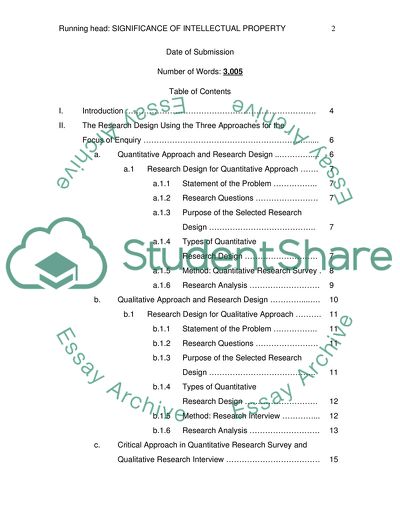Cite this document
(“INTELLECTUAL PROPERTY RIGHTS (IPRs) AND AWARENESS ON DIGITAL Research Paper”, n.d.)
INTELLECTUAL PROPERTY RIGHTS (IPRs) AND AWARENESS ON DIGITAL Research Paper. Retrieved from https://studentshare.org/miscellaneous/1574038-intellectual-property-rights-iprs-and-awareness-on-digital-protection-in-digital-learning
INTELLECTUAL PROPERTY RIGHTS (IPRs) AND AWARENESS ON DIGITAL Research Paper. Retrieved from https://studentshare.org/miscellaneous/1574038-intellectual-property-rights-iprs-and-awareness-on-digital-protection-in-digital-learning
(INTELLECTUAL PROPERTY RIGHTS (IPRs) AND AWARENESS ON DIGITAL Research Paper)
INTELLECTUAL PROPERTY RIGHTS (IPRs) AND AWARENESS ON DIGITAL Research Paper. https://studentshare.org/miscellaneous/1574038-intellectual-property-rights-iprs-and-awareness-on-digital-protection-in-digital-learning.
INTELLECTUAL PROPERTY RIGHTS (IPRs) AND AWARENESS ON DIGITAL Research Paper. https://studentshare.org/miscellaneous/1574038-intellectual-property-rights-iprs-and-awareness-on-digital-protection-in-digital-learning.
“INTELLECTUAL PROPERTY RIGHTS (IPRs) AND AWARENESS ON DIGITAL Research Paper”, n.d. https://studentshare.org/miscellaneous/1574038-intellectual-property-rights-iprs-and-awareness-on-digital-protection-in-digital-learning.


